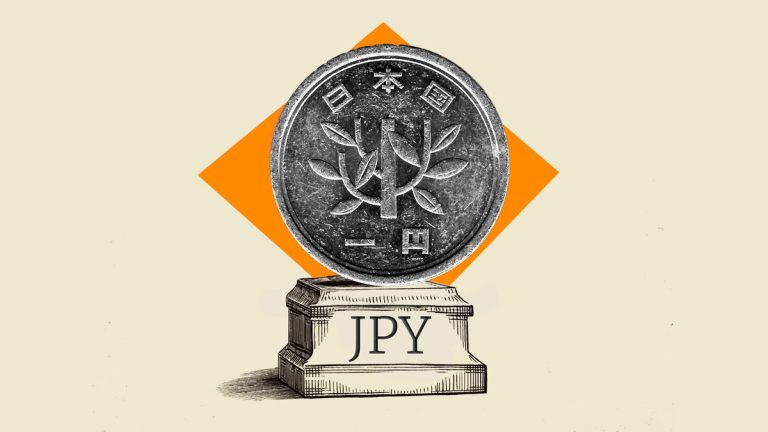Key Takeaways
- The AUD/JPY pair saw upward movement, approaching 100.70 following the Bank of Japan’s decision to maintain its interest rates at 0.5%.
- A split vote of 7-2 by the BoJ board has introduced some pressure on the Japanese Yen.
- Recent economic data, including Australian Q3 CPI, suggests a cooling interest rate cut outlook from the Reserve Bank of Australia.
- Positive sentiment in global markets is bolstered by expectations of a trade deal between the US and China.
Bank of Japan Maintains Interest Rates Amidst Split Vote
The AUD/JPY currency pair experienced a rebound on Thursday, nearing the 100.70 level during Asian trading. This movement occurred after the Bank of Japan (BoJ) announced its decision to keep interest rates unchanged at 0.5%. The expectation was that the BoJ would hold steady for the sixth consecutive meeting, but a 7-2 vote split among board members has placed some downward pressure on the Japanese Yen (JPY).
A Reuters poll indicated a 24% probability of an interest rate hike in October. Economists largely anticipated the BoJ’s decision to maintain the status quo, influenced by the policies of newly elected Prime Minister Sanae Takaichi, who appears to favor measures aligned with former Prime Minister Shinzo Abe’s approach of loose monetary and fiscal conditions.
The BoJ’s outlook report projects the core Consumer Price Index (CPI) for fiscal year 2025 to average 2.7%, consistent with previous forecasts made in July.
Australian Dollar Shows Strength on Receding Rate Cut Bets
Simultaneously, the Australian Dollar (AUD) has demonstrated resilience. This strength stems from diminished expectations that the Reserve Bank of Australia (RBA) will implement another interest rate cut before the end of the year.

The market’s dovish outlook on the RBA has been tempered by recent inflation data. Australia’s Q3 CPI figures, released on Wednesday, revealed a faster-than-anticipated increase in price pressures. The quarterly CPI rose by 1.3%, surpassing estimates of 1.1% and significantly higher than the previous reading of 0.7%.
Global Market Sentiment Bolstered by US-China Trade Expectations
On a global scale, risk assets continue to attract investors. This sentiment is partly fueled by optimism surrounding the ongoing meeting between United States President Donald Trump and Chinese leader Xi Jinping. Expectations are high that the summit will conclude with the announcement of a trade deal between the two nations. Chinese President Xi Jinping remarked on the potential for a fantastic relationship for a long time during his meeting with Trump, as reported by Xinhua.

The Bank of Japan (BoJ) announces its interest rate decision at eight scheduled meetings annually. Generally, a hawkish stance by the BoJ, indicating a positive outlook on inflation and leading to interest rate hikes, is considered bullish for the Japanese Yen (JPY). Conversely, a dovish stance, suggesting concerns about the Japanese economy and resulting in unchanged or reduced interest rates, is typically bearish for the JPY.
📊
Last BoJ Interest Rate Decision: October 30, 2025
📊
Actual Rate: 0.5%
📊
Consensus Forecast: 0.5%
📊
Previous Rate: 0.5%
Expert Summary
The AUD/JPY pair saw gains as the Bank of Japan maintained its interest rates, although a split in the voting bloc introduced some Yen weakness. Meanwhile, stronger Australian inflation data is curbing expectations for RBA rate cuts, supporting the Australian Dollar. Overall market sentiment remains positive amid hopes for a US-China trade agreement.

